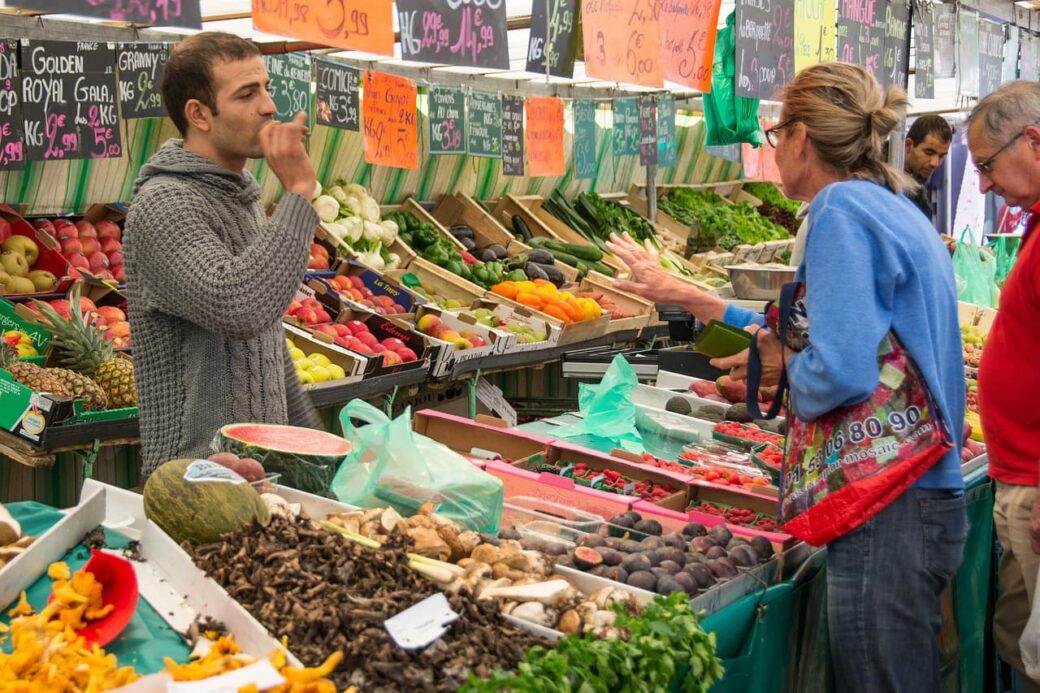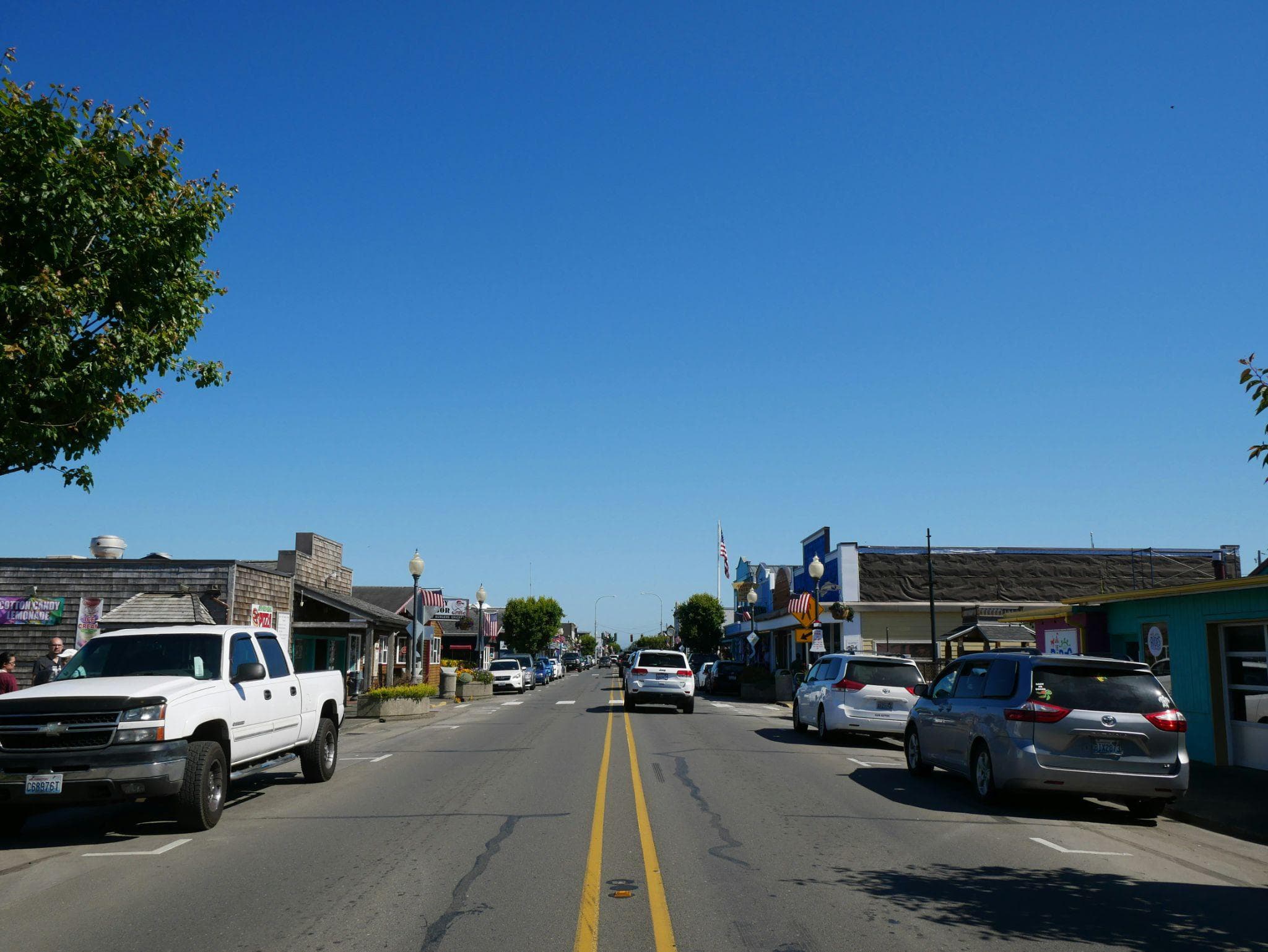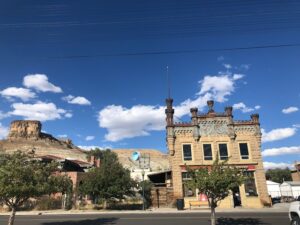Small towns are writing their own comeback stories. While big city tech centers get the attention, something quieter is happening in places with less than 50,000 people. These towns are learning that moving forward doesn’t mean forgetting their roots; the ones that thrive are threading new ideas through what always made them special.
The Pull of Small Towns
Small towns have something cities often miss: real connections between people and place. On a thriving Main Street, you feel a belonging that goes deeper than old memories. It’s the coffee shop owner who starts your usual before you ask, the local theater still charging five bucks, and the yearly festival where grandparents dance next to teenagers.

This feeling isn’t random. Successful towns understand that people need connection and meaningful traditions. The farmers market isn’t just about tomatoes; it’s about catching up with people you’ve known since kindergarten. These repeated interactions create what experts call “place attachment,” where the town becomes part of who you are.
Smart small towns see this emotional connection as their secret weapon. They aren’t trying to beat cities at having everything; they’re deepening what they already have. When you buy a book at the local shop, you’re not just buying pages; you’re getting recommendations, hearing about your neighbor’s new job, and planning a potluck.
This idea of building loyalty through shared experiences shows up everywhere, from schools to businesses like online casinos. Gaming sites know that winning comes from building community, not just offering games or having smooth operations, such as the Vox Casino login procedures. They create forums and reward programs that mimic small-town connections.
But while websites build these from scratch, small towns already have them. The trick is knowing how to amplify them using today’s tools.
Digital Infrastructure
Remote work changed everything for small towns. Suddenly, that old house with the big porch costs less than a closet in San Francisco, and it comes with lightning-fast internet. But towns that win aren’t just sitting around hoping remote workers find them–they’re building what it takes to bring them in and keep them happy.
Chattanooga, Tennessee, was the first place in America to offer gigabit internet to all its residents. Wilson, North Carolina, built its own fiber network when big companies wouldn’t. These places understood that digital access matters as much as roads and water pipes today.
But fast internet alone isn’t enough. Successful towns are mixing connectivity with character. They’re turning old factories into co-working spaces that keep the brick walls while adding fast WiFi. They’re making downtowns walkable where remote workers can grab lunch locally, take evening pottery classes, and still manage their video calls.
Agricultural Innovation and Food Systems
Farm towns are figuring out that farm to table isn’t just for fancy restaurants; it’s a way to build an economy. Places that used to ship everything out are now creating local food systems, that create jobs, bring visitors, and improve life for residents.
Vertical farms are popping up in empty warehouses, using LED lights to grow food all year. Small farmers are using blockchain to track their products and build trust. Community farm programs connect neighbors directly to growers, giving farmers steady income and families fresh food.
These new ideas work because they respect farming history while trying new methods. The farmer using drones to check crops still shows up at the diner at dawn. The craft brewery using local hops still coaches youth baseball.
The New Economics of Small-Town Life
Small towns are changing their economic strategy. Instead of begging big companies to come, they’re growing networks of small businesses and remote workers. Instead of competing on being cheapest, they’re competing on being the best place to live.
Maker spaces in old buildings give inventors room to build. Small manufacturers find cheap space and eager workers. Artists find towns that value creativity and offer affordable studios. Remote workers realize their paychecks go further while their blood pressure drops.
Having different income sources makes towns more resilient. When a factory closed in the past, the town could die. Now, with dozens of small businesses, remote workers, and online entrepreneurs, communities can handle rough times better than cities that rely on a single industry.


